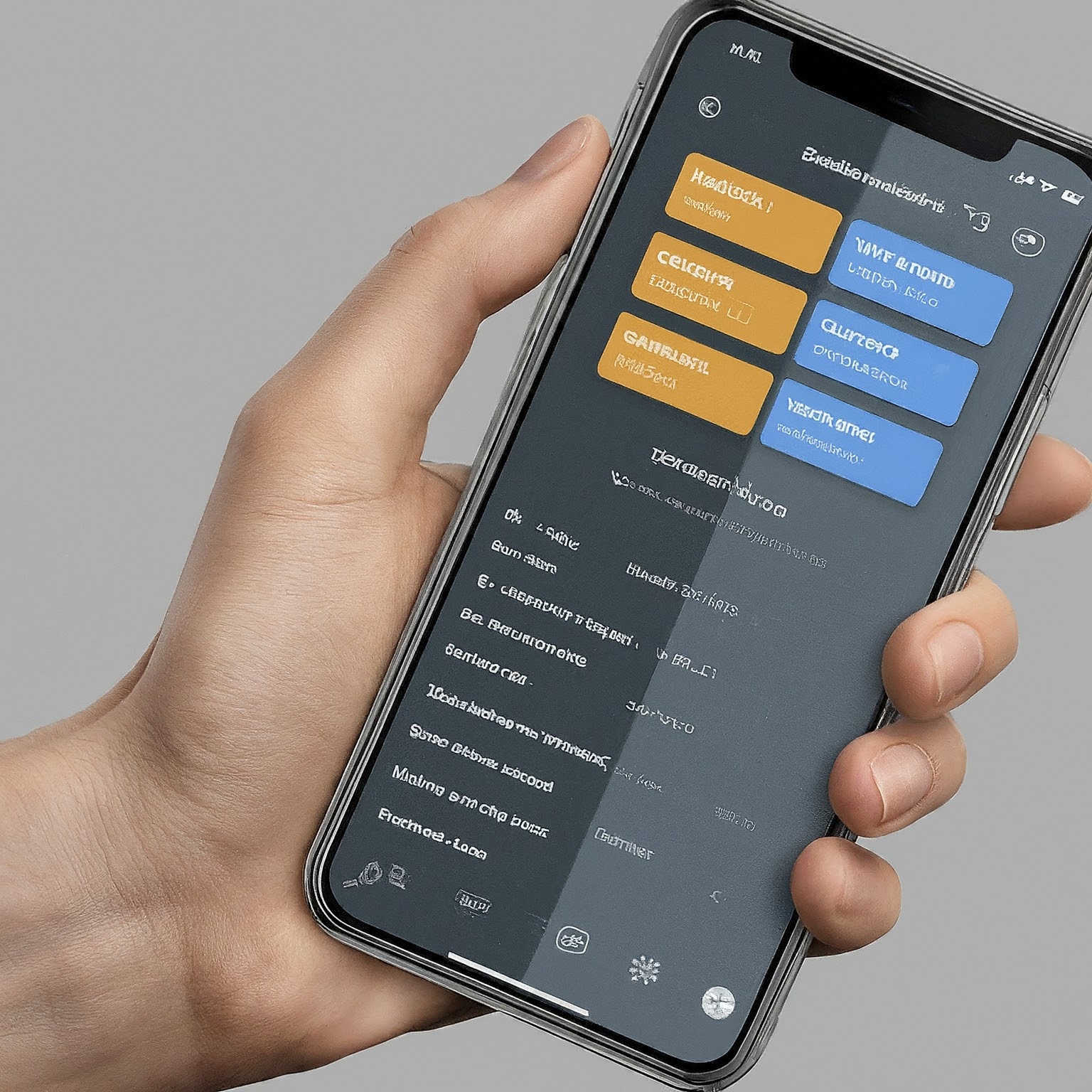
In today’s digital world, where users have countless options at their fingertips, creating an effective user interface (UI) is no longer a luxury, it’s a necessity. A well-designed UI isn’t just about aesthetics; it’s about crafting an interface that is intuitive, user-friendly, and ultimately, drives results.
This guide explores the core principles that form the foundation of effective UI design:
1. Simplicity is Key:
Avoid overwhelming users with complex layouts or excessive clutter. Prioritize clear organization, whitespace, and a focus on essential elements.
2. Consistency Breeds Familiarity:
Maintain a consistent visual language throughout your UI. This includes using the same color palette, typography, and button styles across all pages. Consistency creates a sense of familiarity and makes navigation effortless.
3. User in Control:
Empower users by providing clear feedback on their actions. Use progress bars, loading indicators, and confirmation messages to keep users informed. Additionally, allow users to undo mistakes and easily navigate back to previous actions.
4. Visual Hierarchy Guides the Way:
Not all elements are created equal. Use visual hierarchy to guide users towards the most important information and desired actions. This can be achieved through size, color, contrast, and negative space.
5. Accessibility for All:
Don’t leave anyone behind. Ensure your UI is accessible to users with disabilities by following WCAG (Web Content Accessibility Guidelines) standards. This includes using descriptive alt text for images, proper color contrast, and keyboard navigation options.
6. Feedback is King:
Effective UI design fosters a two-way conversation. Provide clear visual and auditory cues to acknowledge user interactions and keep them informed.
7. Embrace the Power of White Space:
White space, or negative space, is not empty space. It’s a crucial design element that creates visual breathing room, improves readability, and enhances the overall user experience.
8. Mobile-First Matters:
The world is mobile-first. Ensure your UI is responsive and adapts seamlessly to different screen sizes and devices.
9. Listen to Your Users:
The best UI designs are informed by user research and testing. Gather feedback from your target audience throughout the design process to create an interface that truly resonates with their needs.
10. Iterate and Refine:
UI design is an ongoing process. Regularly analyze user data and conduct A/B testing to identify areas for improvement.
By following these core principles, you can create user interfaces that are not only aesthetically pleasing but also functional, user-friendly, and drive user engagement.
UI design principles, effective UI design, user interface design, web design, app design, UI design best practices, user experience design, mobile UI design, responsive design, Graphio Creative Studio, Chiang Mai web design agency